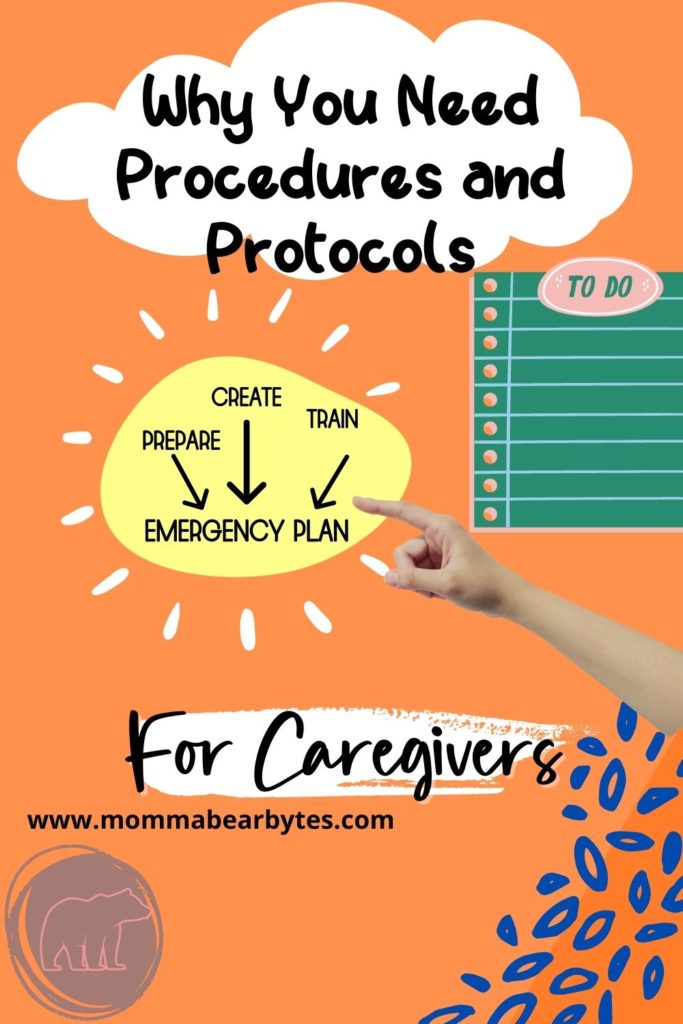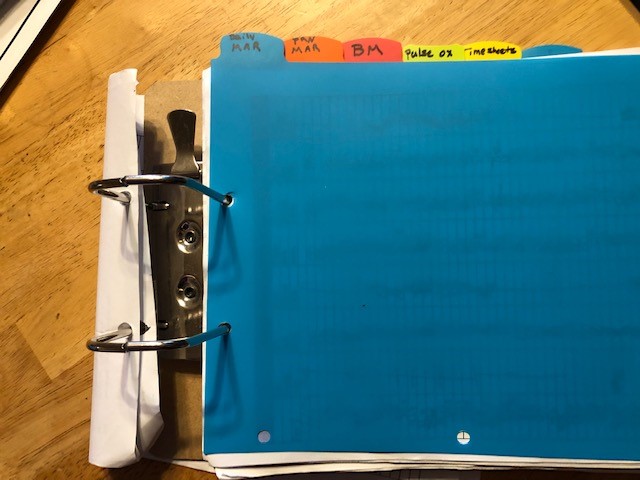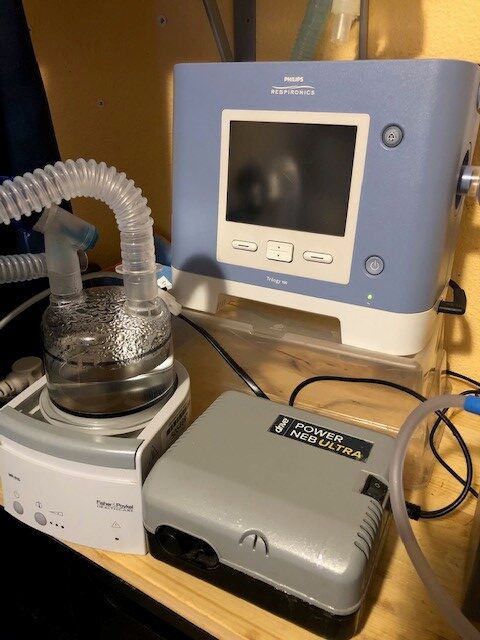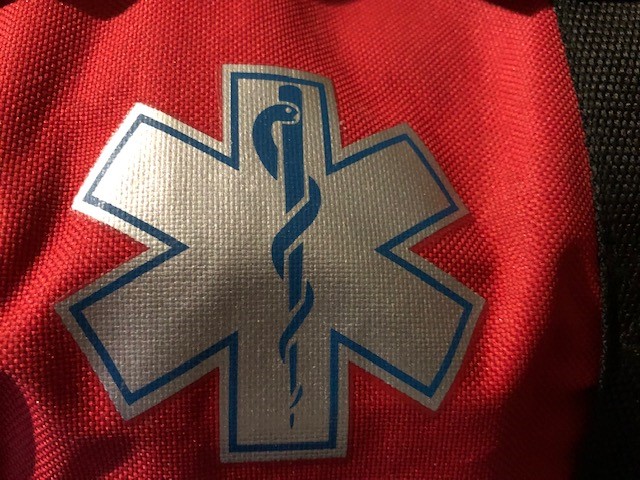Why You Need Procedures And Protocols For Caregivers
We have been using caregivers for our son for about 8 years now. Luckily, I started with experienced caregivers because now when I look back, I just shake my head. I really had nothing in place for my caregivers to reference; on our preferences, our house policies, or dress code, and nothing was written about what the procedures and protocols were.
I have smartened up considerably since then as my son’s medical needs have grown increasingly complex. There is no longer room in my head to keep all his tribal knowledge and I am no longer a spring chicken.
I realized that I needed to set things in place so that someone would be able to step in and know exactly what to do if I was no longer around. I also wanted it to be something that C-Bear’s support workers could reference as needed if they had questions on what to do about the maintenance of his ventilator if he had a 5-minute seizure, or what the evacuation plan was.
My solution was to create a 3-ring binder called ‘Responsibilities, Procedures and Protocols’.

Why do I need a binder for procedures and protocols?
You don’t have to have one, but I find it very beneficial, especially when I have hired a new support worker. I have them sit down and read the book to learn how to do the different tasks, but now they also know where to find the information they need on their own.
I work from home, which is hard to do if I have support workers asking me questions every 5 minutes. They now have a book that they can reference. I am still available for questions in case an odd situation comes up but having this in place has greatly reduced my work interruptions.
What do you put in the binder?
Everyone’s information will be different, based on the needs of the individual. You can put whatever information in your binder that would be pertinent to a support worker to do their job effectively.
In mine, I have 3 main sections; Responsibilities, Procedures, and Protocols. In other words, what do they need to be doing on the job, how do they need to do it and what doctor prescribed protocols do they need to follow.
Responsibilities
Since my son has support staff that works mornings, afternoons, and evenings, I have designated certain tasks to each shift to make sure everyone has things to keep them busy during downtime i.e., when my son is napping.
I have created a daily, weekly, and monthly checklist for each shift and keep them inside a plastic holder so we can just wipe them clean. These are things like vacuuming, dusting, sanitizing high-touch areas, cleaning filters on the various equipment, etc.

Procedures
On top of that, I provide step-by-step detailed instructions for what they need to be working on or with C-Bear each day. For example, how to take him off the ventilator in the morning and put him on the cool aerosol. How and when to start the feeding pump, when he gets a shower and how to use the Shower Buddy.
There is a section for the Physical, Occupational, and Speech Therapists to put their notes on what they want us to be working on every day.
There is a schedule of C-Bear’s awake times, broken down by hour, and what the focus for that hour should be. I am really not that rigid but I found that if I didn’t have this, one shift would assume the other shift would do PT, for instance, and it would never get done.
Sometimes the focus is PT or OT or Speech but there are also plenty of times in there for him to listen to his 80s Heavy Metal and just jam.

Protocols
We have several protocols for how to handle any changes in C-Bear’s status. For example, if he is having a long seizure and we need to give him rescue medication, we have a plan for how to do that.
Most of his protocols are for things that require extra training by way of the delegation nurse. I train the support worker initially on the protocols but the delegation nurse makes it nice and official and makes sure that I didn’t forget anything.
For C-Bear these things are:
- How to give the rescue medication and when
- Timing seizures and documenting them
- Starting and stopping the feeding pump
- How to use the overhead lift system
- Changing a trach in an emergency
- What are the signs of respiratory distress and how to respond
Who would need procedures and protocols?
Just because these are our protocols, doesn’t mean that you have to have them too. Some families will never have a protocol while some families might have many more than we do. The important part is that everyone on the team understands and follows them.
Protocols can be for any special circumstance that requires more attention or specific steps to take. For example, if C-Bear is sitting at 2-3 on the Bristol Stool Chart (did you know there is an actual poop chart?? And yes, we have to use it for C-Bear and grade and document each and every BM he has), and has gone 24 hours without a BM, we put our constipation protocol into place.

Hope this helps
Having clearly defined roles and guidelines will make life easier for everyone, especially if you use multiple support workers or have family and friends help out with the care of your loved one from time to time. Everyone will know where to go to find information and won’t be depending upon you to tell them what to do next. We need our caregivers to be as independent as possible so that we can get a bit of a break from the trenches.
Just know that procedures and protocols are important for everyone on the team to understand and follow to provide the best possible care for our special needs person. They can be for anything from specific situations to a more generalized task.
My care binder is the first tool that I whip out when starting to train a new person. I have them read it, before going through it step by step as we get into the actual hands-on care.
I hope this gives you something to think about and that you consider putting something similar in place. If you have any questions, please reach out and I would be happy to help!
ZillaQ
Related posts:
Momma Bear’s Guide: When planning to use caregivers
36 Questions to ask before using in-home caregivers








One Comment
Comments are closed.